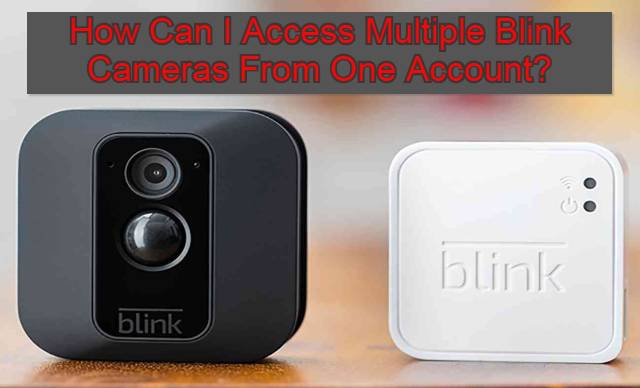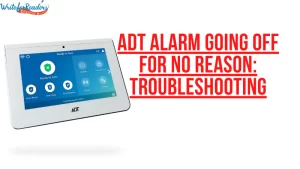How Can I Access Multiple Blink Cameras From One Account?

When you deal with the security and convenience offered by Blink products (such as blink camera), you might want to expand your camera network in one or more locations. Up to ten devices can be connected to the synchronization module. To add more than ten devices or devices in other locations, more than one synchronization module is needed. With the Blink application, you can manage all synchronization modules with devices connected from one account.
Each turn signal system consists of a synchronization module and related devices. You create a new system and add a synchronization module from the Blink application. Then connect the camera and device to the new synchronization module.
Flash storage is available throughout your account. The total size is calculated for synchronization modules, up to five. After the fifth synchronization module has been added to your account, no additional storage space will be available for your account, but the system will function as usual.
As an example:
System storage Total account storage
1 synchronization modules 7200 seconds
2 synchronization modules 14 400 seconds
5 synchronization modules 36,000 seconds
6+ synchronization modules in 36,000 seconds

Table of Contents
Various systems can be useful in a number of situations.
- If you want to monitor more than one property.
- If you want the camera group to work on a different schedule than the other camera groups.
- To extend the camera’s battery life by reducing physical distance, network coverage data is sent.
- How to monitor entrances or aisles that are outside the reach of your main WiFi router.
- It’s better to divide the camera into groups that suit your needs.
You can increase coverage by expanding an existing system instead of starting a new one. Blink XT2 recognizes networks with wireless extensions, while internal cameras and XT cameras must be connected with the exact network name (SSID) to which the synchronization module is connected.
On the left side, the WiFi home network called “myWiFi” has a WiFi router, the lid of which is shown in blue. Seven external cameras and three internal cameras are part of this system for a total of ten devices connected to the synchronization module. Three devices monitor extensions at the end of the radio coverage. This scenario works fine, but camera batteries at wall outlets can drain faster than at home, because they have to keep sending to reach a WiFi router. Also note that a WiFi router is installed to reach the extension, but some other cameras may not be reached.
WLAN routers are located in the main structure, WLAN extenders are located in extensions and other expanders in repeater mode are located at the entrance of the alley.
Wireless extenders aim to provide wider coverage for your wireless network, either periodically or with enhanced signal strength. There are various improvements in the market. Extenders are often assigned to share the main network and automatically assign network names that are close to the originals. In this example the SSID “myWiFi-ext” is used. Other extensions can be set to a mode that replicates the core network to a new location.
Blink XT2 can join the “myWiFi-ext” network even though the synchronization module is connected to “myWiFi”. This is shown in the upper right of the image above. The building’s WiFi router is connected to three XT2 cameras for a total of ten devices, which are connected to a single synchronization module.
Blink XT and Blink indoor cameras must be connected to the same network SSID that the synchronization module is connected to. This is shown in the image on the lower right. In this example, we have connected a second synchronization module to the indoor camera and two XT cameras. To connect to a wireless router, an extender is added to the network in repeater mode so that the same SSID as the main system is broadcast.
The low frequency radio (LFR) in the synchronization module has a very good range, but only sends commands to the camera. Flash cameras and other flash devices must be connected to the wireless Internet next to the synchronization module. Make sure all devices have at least three “connection lines” when they are displayed in the flashing application. The connection icon for the synchronization module does not indicate internet access for the camera.
INSTRUCTIONS
Step 1:
- Add a new system. After determining the system, you will be asked to add a synchronization module.
- Touch the system title at the top of the screen
- Touch Add system
Step 2: Add a synchronization module to the system to connect the device.
Step 3: When the sync module connection icon shows a green line to the cloud, you can touch + add the danger icon to add a camera or other device.
After setting up an optional system with the synchronization module and camera, you can tap on the system name (indicated by the arrow in the next image) to choose from the available systems.











